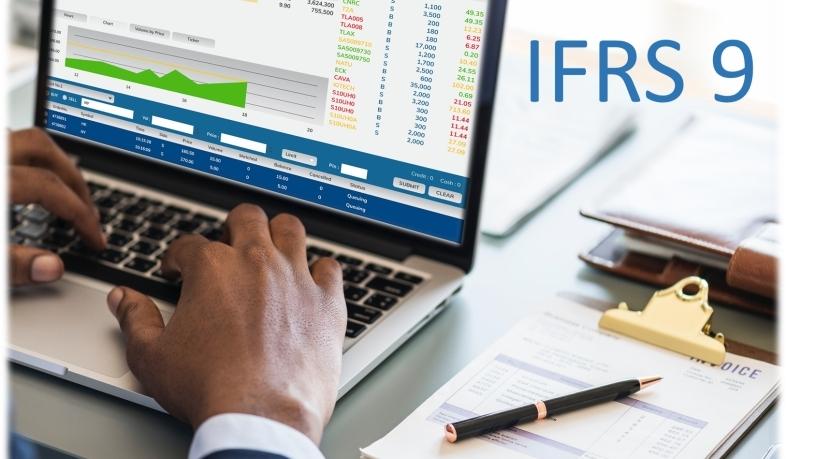Cape Town, 04 Jul 2018

Lenders now have to comply with new accounting rules for expected credit losses, but are they ready?
Effective for reporting periods beginning on or after 1 January 2018, lenders complying with International Financial Reporting Standards need to adopt a new model for the early recognition of losses for certain debt instruments. For lenders with large loan books, the complexity of this new framework presents a great challenge in finding or building a reliable and auditable system that can be integrated into their accounting system.
What has changed?
As a lender, you now need to account for impairments on loans using a three-stage model based on each loan's credit quality, taking into account factors such as past events, current conditions and forecasts of client-specific or economic conditions.
Based on this information, accounts are classified into three stages, performing loans, underperforming loans and non-performing loans, each stage with its own loss provision calculation rules. Factors used in this model are to be updated at each reporting date to reflect any changes in credit risk.
Provision for credit losses is now more forward-looking, leading to more timely recognition, while the "incurred loss" framework that preceded the new framework required banks to recognise credit losses only when evidence of such loss was clear.
Why is this a big headache for lenders?
Applying the new model is a very challenging task. A broad range of factors that affect the credit risk of a loan need to be taken into consideration, including factors attributed to the type of loan, geographical location of the borrower, the borrower's industry and other client-specific behavioural risk factors. Should a loan be backed by any collateral assets, it introduces even more assumptions that would have to be incorporated into the model. All of these factors, together with forecasts of the economic environment, have to be applied to massive data sets to produce a report for expected credit losses, for each record of each loan payplan.
In addition, the disclosures required for expected credit losses are quite extensive, including a reconciliation of opening to closing expected credit loss provisions and the key drivers thereof. The reporting and disclosure of provisions for expected credit losses would require significant system changes and potentially the development and implementation of a separate module dedicated to these calculations. Development, testing and implementation may take a significant amount of time before an entity will be in a position to comply with the IFRS 9 standards.
In simple terms, how can we get to a provision number to be reported?
In essence, there are three separate but interrelated parts to the calculation. Firstly, each loan has its own loan amortisation plan, reflecting expected client repayment behaviour and assumptions. As mentioned above, many lenders provide clients with loans secured by an asset where factors such as appreciation or depreciation and fire-sale discount assumptions have to be applied.
At this stage, using each loan's exposure at default and collateral asset valuation, we can calculate a loss given default amount. These amounts are then pulled through to the final calculation where the probability of default is calculated on an individual loan level using loan, collateral and client-specific risk factors. Should the product of these factors lead to a probability of default higher than specified thresholds, the loan may be shifted to a higher risk stage (referred to as a proxy stage) and the loss provision rules for this stage will be applied instead of the originally assigned explicit stage.
Further assumptions such as probability of default, economic forecasts and discounting are now applied to arrive at a provision amount which can be aggregated across loans.
Singular Systems has collaborated with its clients to develop a global IFRS 9 Expected Credit Loss Provision software platform. The software accepts loan management data from the lender's loan management system and may be integrated into their core accounting system. Having done extensive investigation, collaboration and consulting with industry professionals, Singular provides lenders with a product ready for implementation and the opportunity to leverage a world class and extensively tested solution. In line with Singular Systems' product development methodology, the software can be customised to accommodate different clients' needs.
Share
